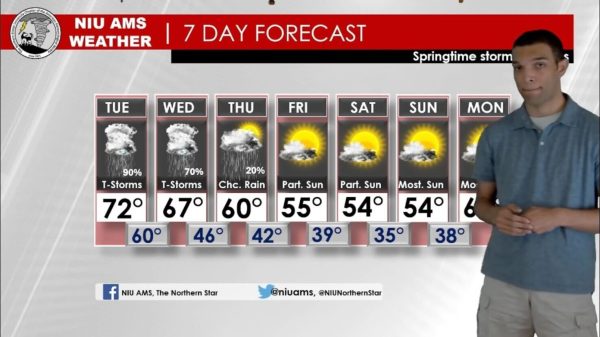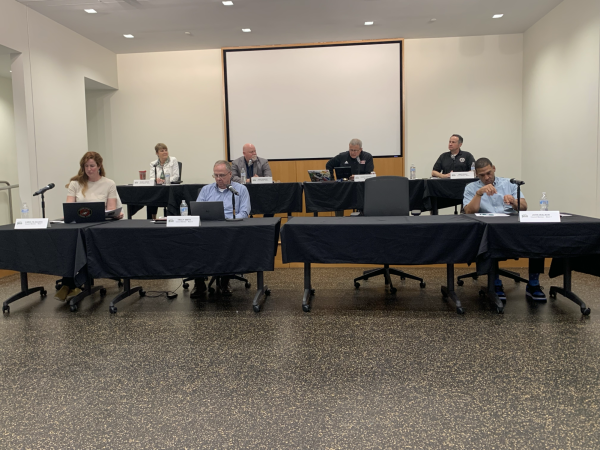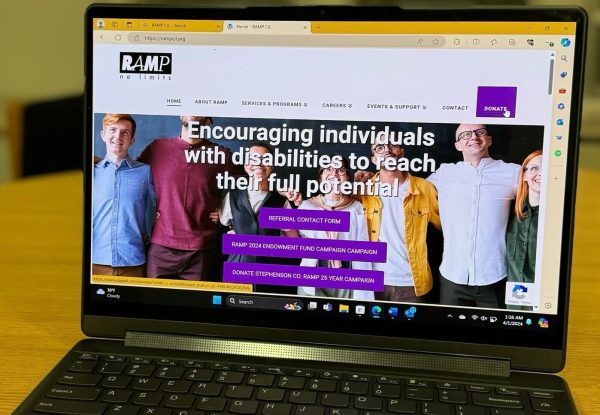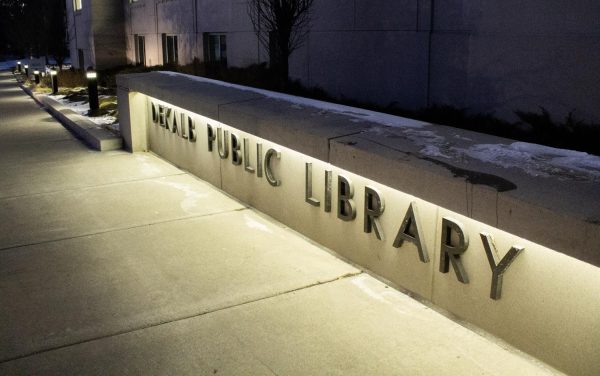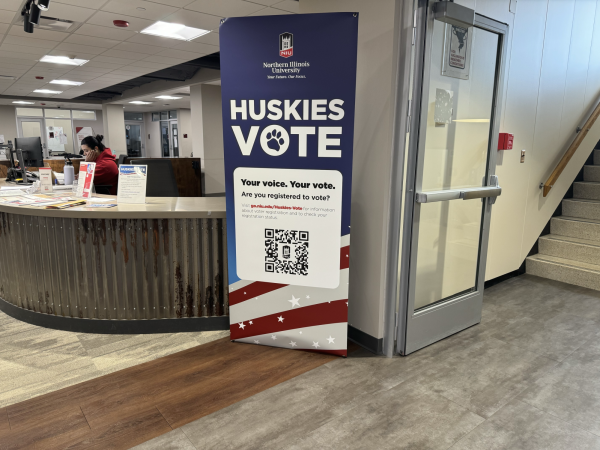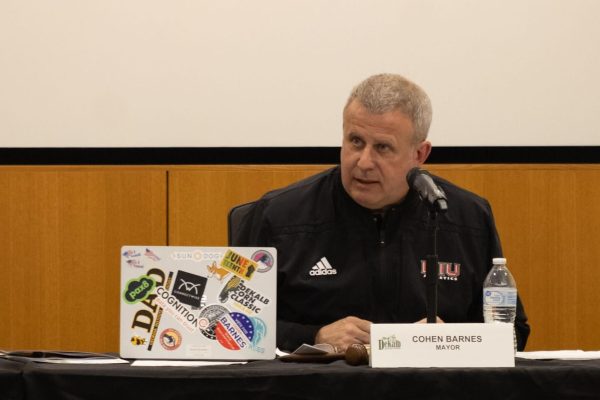One-quarter of Illinois adults have trouble reading
September 9, 1993
ASSOCIATED PRESS WRITER
CHRISTOPHER WILLS
SPRINGFIELD, Ill. (AP)—Almost one-quarter of adult Illinoisans read so poorly they cannot fill out many forms or calculate price differences between products, according to a study released Wednesday.
Nearly two million of Illinois’ nine million adults have only rudimentary reading skills, according to a state study conducted in conjunction with a nationwide examination of illiteracy.
Between two million and 2.4 million more people can read a little better but still cannot understand key parts of news articles or read bar graphs.
But many of the people with reading problems say they aren’t hampered by their lack of skills, said Noreen Lopez, manager of adult education for the Illinois State Board of Education.
‘‘They may be able to function quite well without more literacy skills,’‘ she said. ‘‘Usually it’s not until there’s some change in their lives—looking for a new job or having a child enter school and need help with homework—that they encounter problems.’‘
The study asked 1,668 adults to perform tasks they might encounter in daily life: figuring prices, reading the newspaper, writing letters.
The scores could range from zero to 500 in reading and comprehension, using documents and understanding graphs and arithmetic.
Illinois’ average scores were 274, 269 and 274 for the three respective categories. That beats the national average of 272, 267 and 271 but trails the Midwest average: 279, 274 and 280.
Other Midwest states beat Illinois because they have fewer challenges to teaching, Lopez said. Illinois has more immigrants, more poor people, more crime—all which complicate the job of teaching English skills.
The figures suggest 39 percent of white adults and 83 percent of black adults fall into the lowest literacy levels. Among Latino adults, the figure is 84 percent.
Up to 2 million Illinois adults, or 23 percent, fall into the top literacy levels, meaning they can handle complex documents and texts.
Adult literacy programs in Illinois can handle only 250,000 people and must be expanded, Lopez said.
New technology can help keep costs down, she said. Computers can help teach people, and satellites could link several rural literacy classes to a single teacher. Television programs also can help.
‘‘Maybe an adult version of Sesame Street is what’s needed,’‘ Lopez said.
Judith Rake, director of the secretary of state’s literacy program at the state library, said adult education programs must reach people who don’t consider themselves ‘‘illiterate.’‘
People will take part in programs that teach job skills or offer help to parents with children in school, she said, especially if they can get one-on-one help. They may be intimidated by formal classroom programs.
Illinois spent roughly $55 million on adult literacy programs last fiscal year, she said.


